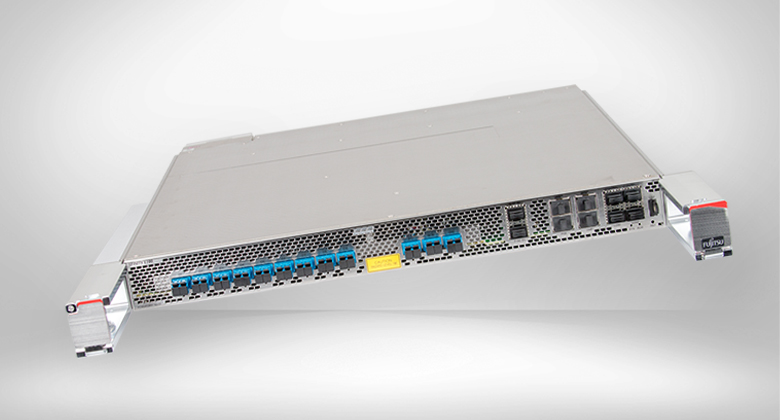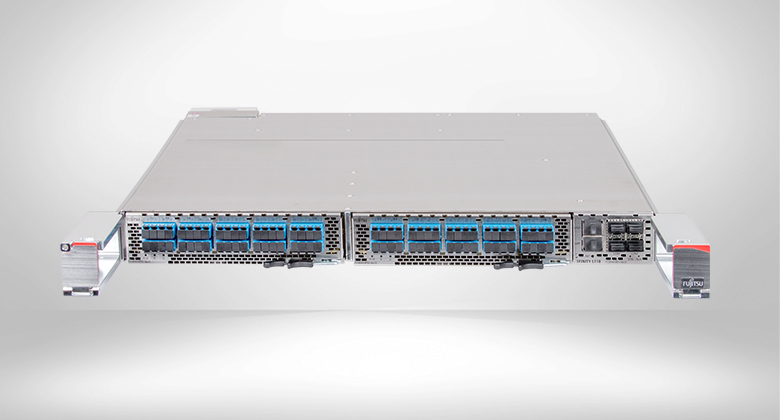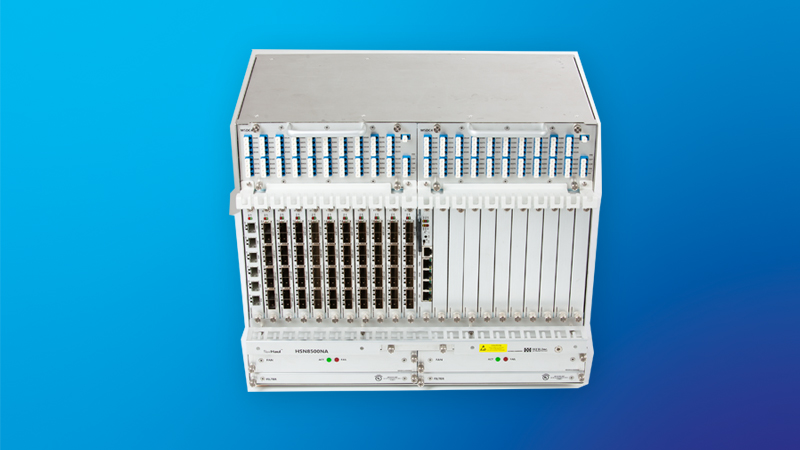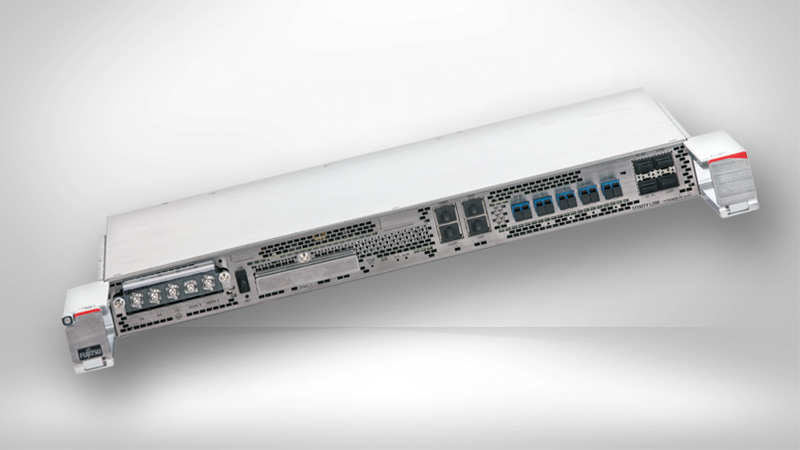Dynamic ROADM Functionality
1FINITY™ L100 Series
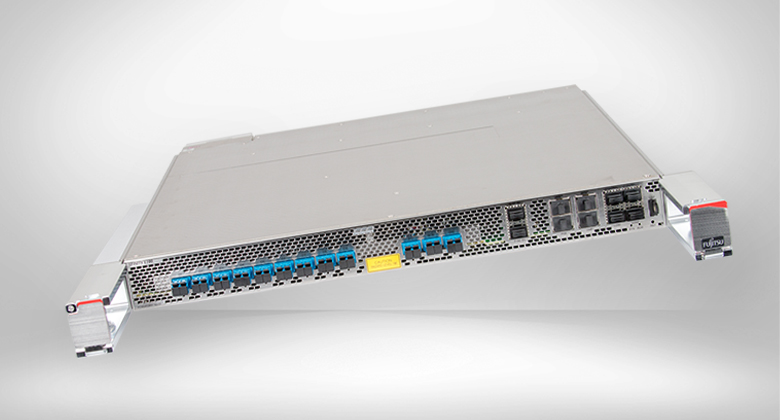
1FINITY L100 Lambda Blade Series
As classic ROADM networks begin to age, service providers want their networks to be scalable, flexible, and dynamically reconfigurable. New ROADM technologies and software-defined networking (SDN) provide a path to achieving these goals. Fujitsu offers a modular ROADM solution that combines functional blades into colorless, directionless (CD) ROADM nodes. The 1FINITY™ L100 Lambda blade family provides a CD ROADM solution offering multi-degree, flexible-grid operation and super-channel support.
1FINITY L100 Series Overview
The 1FINITY L100 Series, Fujitsu’s disaggregated optical layer, provides flexible ROADM functionality that easily accommodates rapid bandwidth growth. The series features compact, 1RU globally-compliant enclosures and a functionally modular design. These blades provide the building blocks for an open, simple, scalable ROADM architecture that can be grown incrementally up to four degrees.
L100 series blades can be deployed in combination with the L200 Inline Amplifier, in addition to blades in the 1FINITY Switch and Transport blade families.
Blades in the Lambda Series
Equipped to handle any provider’s SLA requirements, L100 series blades incorporate dual-feed, fixed DC power supplies and robust, field-replaceable fans. Blades are compatible with various physical installation environments, including 19˝ or 23˝ standard racks (two- or four-post),
as well as the 1FINITY Housing.
-
L100 ROADM blade data sheet

A twin 1 × 9 wavelength selectable switch (WSS) ROADM-on-a-blade.
-
L110 lambda blade data sheet

An optical channel management blade for coupler/ splitter plug-in units supporting channel add/drop.
-
L120 lambda blade data sheet

An expansion WSS for nodes beyond four degrees.
Device management
The Virtuora NC Network Controller configures, monitors and manages L100 series blades through southbound interfaces using the NETCONF protocol and YANG data modeling language. In addition to standard element management functions, Virtuora NC supports applications for WDM resource discovery, service activation, and path computation. The L100 series blades can also be managed by other open controllers using NETCONF, OpenFlow, TL1 and CLI protocols.
Learn more

